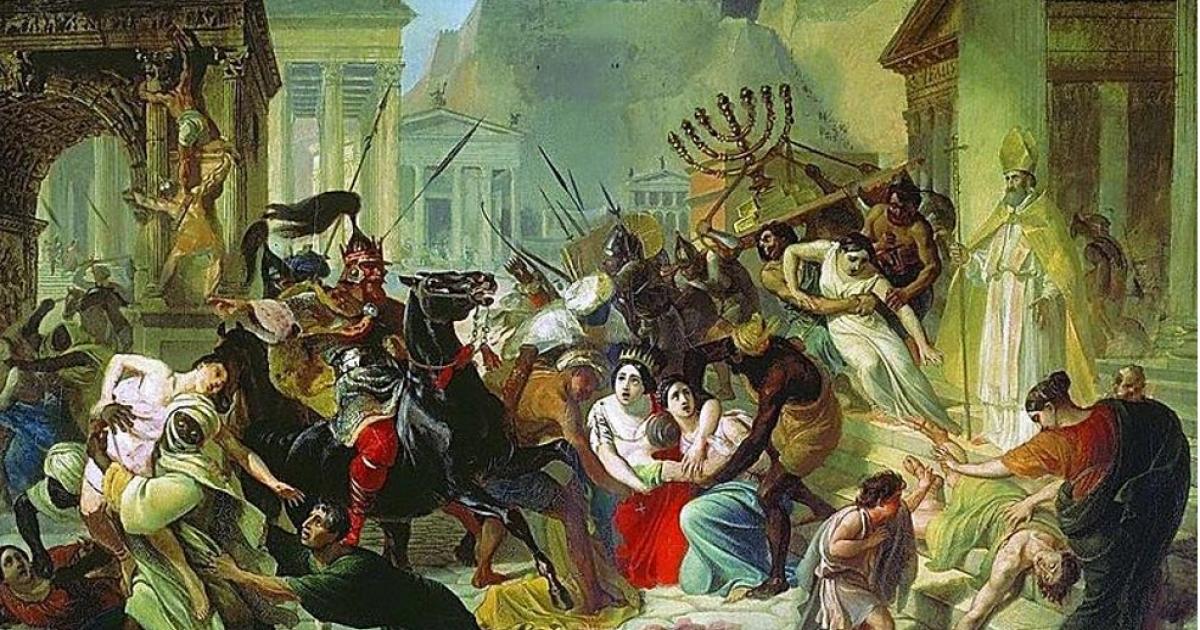
The word vandal today may be defined as a person who deliberately destroys or damages property. Historically speaking, a Vandal was “a member of a Germanic people who lived in the area south of the Baltic Sea between the Vistula and the Oder rivers, overran Gaul, Spain, and northern Africa in the fourth and fifth centuries AD, and in 455 sacked Rome.” It is said that due to this infamous ‘sacking of Rome’ in 455 AD, the word ‘vandal’ was later used to describe people who destroyed or damaged property.
The Uncertain Origins of the Vandals
Little is known about the early history of the Vandals. It has been speculated that the Vandals originated in Scandinavia (in central Sweden, there is a parish called Vendel which may be related), migrated southwards into the region of Silesia, and eventually came into contact with the Romans.
The first literary reference to this group of people by the Romans can be found in Pliny the Elder’s Natural History. According to this writer, the Vandals, or Vandili, were one of the five groups of Germanic peoples, and consisted of several smaller tribes:
“There are five German races; the Vandili, parts of whom are the Burgundiones, the Varini, the Carini, and the Gutones.”
Other writers, such as Tacitus and Ptolemy also mentioned the Vandals, though they used the term Lugii instead. Like Pliny, however, such comments of the Vandals were made in passing only. Therefore, even from the available literary sources, there is not much that can be said about the Vandals’ early history.

Reconstruction of Vandal people in the Archaeological Museum of Kraków, Poland. (CC BY SA 3.0)
The Romans and Vandals Make a Tentative Peace
The next important reference to the Vandals may be found in Cassius Dio’s Roman History. In his work, Dio mentions that during the Marcomannic Wars (166 – 180 AD), a tribe known as the Astingi (identified by some as the Vandals) entered Dacia, and offered their allegiance to the Roman Empire:
The Astingi, led by their chieftains Raüs and Raptus, came into Dacia with their entire households, hoping to secure both money and land in return for their alliance.
- 1,900-Year-Old Roman Village unearthed in Germany
- The Strategic Use of Hostages in the Ancient World
- The Taulas of Menorca - Mysterious Megaliths of the Talaiotic People
- The Rich Mythology and Megalithic Culture of the Ancient Berbers, Lords of the Desert
Yet their offer was rejected, and after conquering the Costoboci, they began to ravage the Roman province of Dacia. Their success did not last, and after being decisively beaten by the Lacringi, the Astingi ceased their hostility against the Romans, and sent supplications to the emperor:
“As a result, the Astingi committed no further acts of hostility against the Romans, but in response to urgent supplications addressed to Marcus they received from him both money and the privilege of asking for land in case they should inflict some injury upon those who were then fighting against him.”

Emperor Marcus Aurelius showing clemency to the defeated Germanic tribes. Bas-relief from the arch of Marcus Aurelius, Rome. (CC BY SA 2.5)
The Vandals VS the Goths
After this episode, the Vandals disappeared into obscurity again, and only reappeared in Jordanes’ The Origin and Deeds of the Goths. In this 6th century AD work, the Vandals are said to have come into conflict with the Goths during the reign of the Emperor Constantine. After being defeated in battle by the Goths, the Vandals migrated into Pannonia:
“Then the remnant of the Vandals who had escaped, collecting a band of their unwarlike folk, left their ill-fated country and asked the Emperor Constantine for Pannonia. Here they made their home for about sixty years and obeyed the commands of the emperors like subjects. A long time afterward they were summoned thence by Stilicho, Master of the Soldiery, Ex-Consul and Patrician, and took possession of Gaul. Here they plundered their neighbors and had no settled place of abode.”
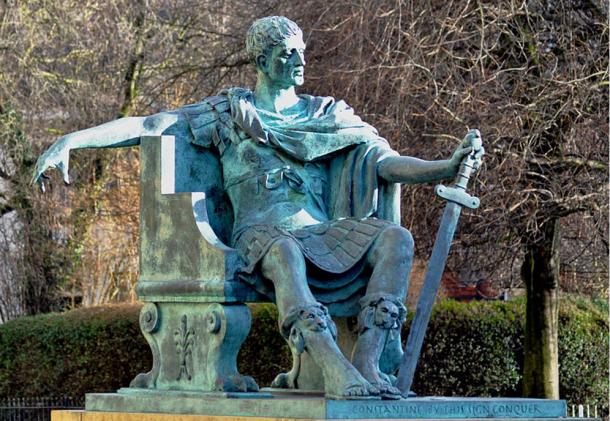
Modern bronze statue of the Emperor Constantine in York, England. The Vandals asked Constantine to stay in Pannonia when they escaped the Goths. (CC BY SA 2.0)
Jordanes goes on to write about the Vandals’ journey into Gaul and Spain during the reign of Emperor Honorius (393 – 423 AD),
“Now the Vandals and the Alani, as we have said before, had been dwelling in both Pannonias by permission of the Roman Emperors. Yet fearing they would not be safe even here if the Goths should return, they crossed over into Gaul. But no long time after they had taken possession of Gaul they fled thence and shut themselves up in Spain,”
The Vandals Move on to North Africa
The next stop for the Vandals was Africa. According to Jordanes, the Vandal king Gaiseric was invited to North Africa by Boniface, the Roman general and governor of the Diocese of Africa. The motive for this, according to the writer, was that the governor “had fallen into a dispute with the Emperor Valentinian and was able to obtain revenge only by injuring the empire.”
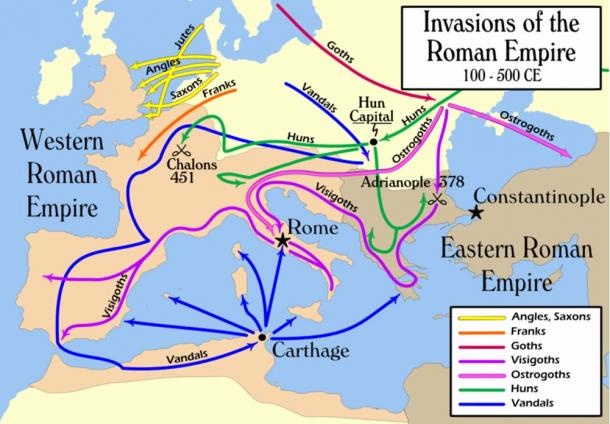
Invasions of the Roman Empire with the Vandals movements shown in blue. (Wikimedia Commons)
It is rumored that the Vandals treated their Catholic subjects more harshly than the other German peoples, perhaps due to their adoption of Arian Christianity. Nevertheless, it has been pointed out that this was not always the case, as Catholics were treated well, for instance, during GaIseric’s reign when he was on good terms with Rome and Constantinople, during the early part of his successor’s (Huneric) reign, and during the reign of Gunthamund, Huneric’s successor.
Vandal control of North Africa only came to an end during the reign of the Byzantine emperor, Justinian the Great, about a century later.
When the Vandals Went to Rome…
The infamous sack of Rome in 455 AD took place during the reign of Gaiseric. Jordanes wrote about this episode briefly:
“…the Emperor Valentinian was slain by the treachery of Maximus, and Maximus himself, like a tyrant, usurped the rule. Gaiseric, king of the Vandals, heard of this and came from Africa to Italy with ships of war, entered Rome and laid it waste. Maximus fled and was slain by a certain Ursus, a Roman soldier.”
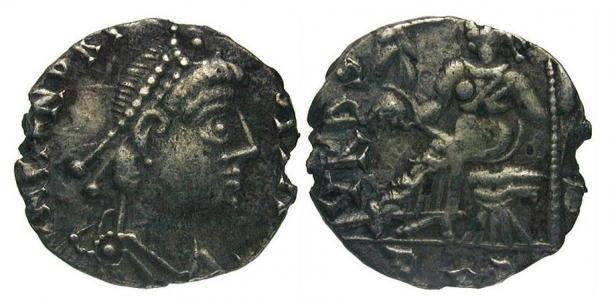
Siliqua of the Vandal King Gaiseric, circa 400 AD. (Public Domain)
Another author, Procopius, reported that the Vandals came to Rome due to the request of Valentinian’s widow, Eudoxia:
“Later on Maximus slew the emperor with no trouble and secured the tyranny, and he married Eudoxia by force… she sent to Carthage entreating Gizeric (Gaiseric) to avenge Valentinian, who had been destroyed by an unholy man, in a manner unworthy both of himself and of his imperial station, and to deliver her, since she was suffering unholy treatment at the hand of the tyrant.”
- Hannibal of Carthage: Military Commander and Greatest Enemy of Rome
- Researcher won’t render unto Caesar his claim of transforming Rome to marble
- Oldest Roman Military Camp discovered in Italy was Built to Fend off Fierce Pirates
Gaiseric, however, was said to only be interested in the plunder that was to be had: “And Gizeric, for no other reason than that he suspected that much money would come to him, set sail for Italy with a great fleet.” With regards to the plunder, Procopius wrote:
“… placing an exceedingly great amount of gold and other imperial treasure in his ships sailed to Carthage, having spared neither bronze nor anything else whatsoever in the palace. He plundered also the temple of Jupiter Capitolinus, and tore off half of the roof. Now this roof was of bronze of the finest quality, and since gold was laid over it exceedingly thick, it shone as a magnificent and wonderful spectacle.”
Pope Leo Interceded and Gaiseric Appeased Him
It has been claimed that the Vandal sacking of Rome could have been much worse if it were not for the intercession of Pope Leo. According to a popular account, when Gaiseric arrived before the walls of Rome, the Pope was sent to meet him and to plead for mercy. Leo, it is said, told the king that he was free to plunder the city, but neither to damage the buildings, nor to harm the inhabitants, to which Gaiseric agreed.
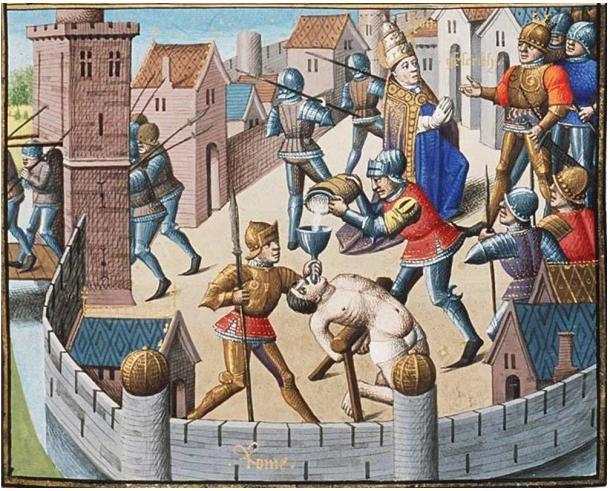
Pope Leo pleads with Gaiseric for mercy. From Augustine, La Cité de Dieu (Vol. I) (1475) (Public Domain)
One possible reason for Gaiseric’s assent to the Pope’s request was that he did not want to undertake a prolonged siege of the city as there was a famine in Italy, and the city’s walls were still formidable.
It is unclear as to how far this story is true, and if Gaiseric kept his promise. Thus, whether the Vandals deserve all of their negative reputation today may still be a matter of debate…
Featured image: ‘Sack of Rome’ by Karl Briullov. (1833-1836) in the Tretyakov Gallery, Moscow. (Public Domain)
By Ḏḥwty
References
Adam, B., 2015. History of the Vandals. [Online]
Available at: http://www.roman-empire.net/articles/article-016.html
Cassius Dio, Roman History [Online]
[Cary, E. (trans.), 1914-27. Cassius Dio’s Roman History.]
Available at: http://penelope.uchicago.edu/Thayer/E/Roman/Texts/Cassius_Dio/home.html
Jarus, O., 2014. Who Were the Vandals?. [Online]
Available at: http://www.livescience.com/46150-vandals.html
Jordanes, The Origin and Deeds of the Goths [Online]
[Mierow, C.C. (trans.), 1908. Jordanes’ The Origin and Deeds of the Goths.]
Available at: http://people.ucalgary.ca/~vandersp/Courses/texts/jordgeti.html
Löffler, K., 1912. Vandals. [Online]
Available at: http://www.newadvent.org/cathen/15268b.htm
Merriam-Webster, 2015. Vandal. [Online]
Available at: http://www.merriam-webster.com/dictionary/vandal
Pliny the Elder, Natural History [Online]
[Bostock, J., Riley, H. T. (trans.), 1917-32. Pliny the Elder’s Natural History.]
Available at: http://www.perseus.tufts.edu/hopper/text?doc=Perseus:text:1999.02.0137
Procopius, History of the Wars, Books III and IV (of 8): The Vandalic War [Online]
[Dewing, H. B. (trans.), 1916. Procopius’ History of the Wars, Books III and IV (of 8): The Vandalic War.]
Available at: http://www.gutenberg.org/files/16765/16765-h/16765-h.htm




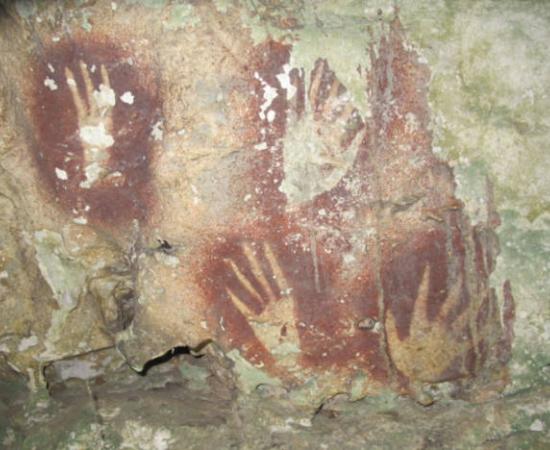


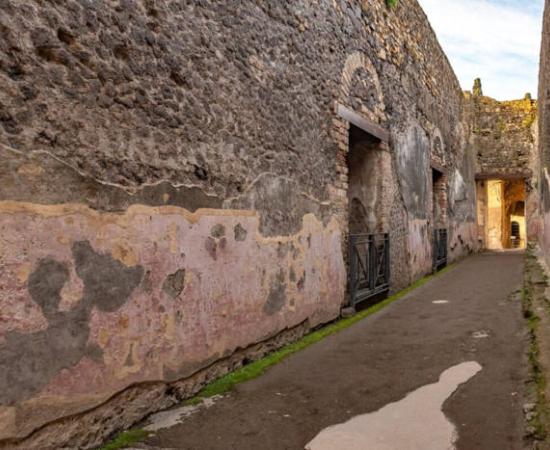
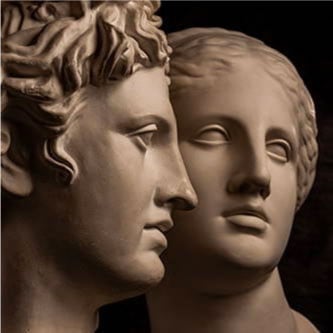
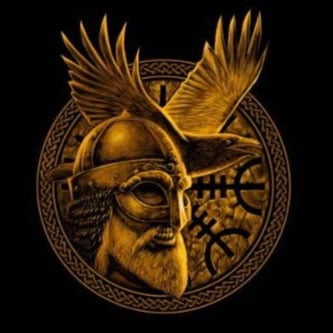









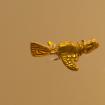

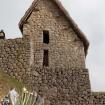



Germanic?
Permalink
The Vandals were not germanic, they were Scandinavian and all Scandinavians werent Vikings. I live in the area of Sweden that once was called Vendel. It was one of three nations that formed Sweden. One of the crowns on the swedish banner and shields. The Vandals didn´t even want to belong to Sweden, they were forced to agree to this by the Goths, which allready much earlier had settled an agreement with the Swedes. At that time the Swedes condition was that the nation should carry their name. And yes, the Goths were Germanic and arrived to Scandinavia much more recently in the comparisin. So the Goths and Swedes together forced the much richer Vandals in to join with the other two crowns. The Vandals had quite another network of contacts as compared to the other Scandinavian groups, streching all the way down to Africa. Interresting that none of the refferences are from Sweden.
The Germanic peoples came
Permalink
In reply to Germanic? by inventor
The Germanic peoples came from Scandinavia, for example the Goths or Gotar of Gotaland, Sweden. Linguistically Old Norse is a "North-Germanic" language of the same parent stock as English and German (Proto-Germanic); "Germanic" and "German" are not necessarily interchangeable, i.e. a 'non-German' can still be 'Germanic'. Wikipedia writes that "Modern Germanic peoples include the Afrikaaners, Austrians, Danes, Dutch, English [Angles and Saxons of N. Germany, Denmark], Flemish, Frisians, Germans, Icelanders, Lowland Scots, Norwegians, Swedes and others". We are all related genetically and linguistically, hence the umbrella term.
Sounds like they were finno
Permalink
In reply to Germanic? by inventor
Sounds like they were finno-ugric people then? Heh.
They were Slavs, Venetians or
Permalink
They were Slavs, Venetians or Sarmatians.
https://en.wikipedia.org/wiki/Vistula_Veneti.
Perhaps the Roman name Vandals was taken from the legendary name of the princess Wanda who as written in chronicles was once the ruler. According to Kronika Wielkopolska she was the ruler in ancient Vislan-Poland about 5th century bc.
Also interestingly she has
Permalink
In reply to They were Slavs, Venetians or by Highlander44 (not verified)
Also interestingly she has the mound which hasn't yet been fully excavated....
https://en.wikipedia.org/wiki/Wanda_Mound